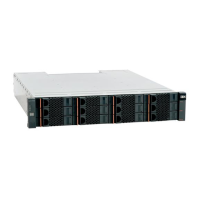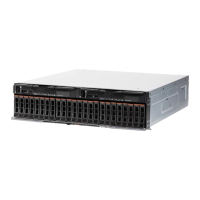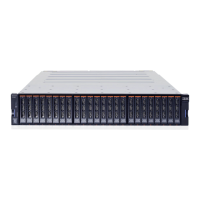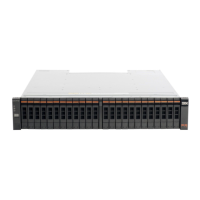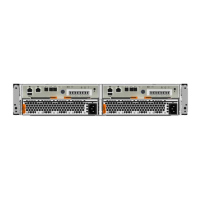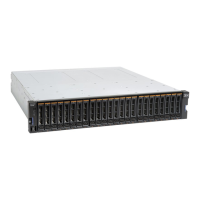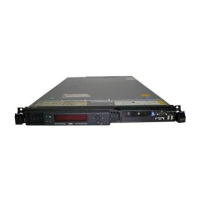458 IBM Flex System V7000 Storage Node Introduction and Implementation Guide
11.1 Storage Area Network overview
A Storage Area Network (SAN) has long been regarded as consisting of dedicated equipment
that connects host servers to share remote storage. It has enabled storage of varying size
and performance to be used and allocated more efficiently and help eliminating islands of
storage. Multiple servers of differing platform types can benefit from a single new storage
controller and its associated attributes such as performance or provisioning technologies.
With the increased efficiencies and economies it has brought, organizations have been well
prepared for the storage capacity increase and demand experienced in recent years. The
most common and reliable protocol used in today’s SAN has been Fibre Channel (FC).
Fibre Channel SANs are generally regarded as the high-performance approach to storage
networking. With a Fibre Channel SAN, storage arrays are equipped with FC ports that
connect to FC switches. Similarly, servers are equipped with Fibre Channel host bus adapters
(HBAs) that also connect to Fibre Channel switches. Therefore, the Fibre Channel SAN fabric
which is the set of FC switches, are a separate and exclusive network for storage traffic. FC
offers relatively high-speed, low-latency, and back-pressure mechanisms that provide
lossless behavior. It is designed not to drop data packets during periods of network
congestion.
The speeds offered from FC has until recently always been faster than that of Ethernet where
FC used
speeds of 2 Gbps, 4 Gbps, 8 Gbps, and more recently, 16 Gbps, Ethernet has offered
100 Mbps or 1 Gbps. But with improved and faster Ethernet communications to a host server,
10 Gbps is becoming more widely available and used for host server connections. Higher
speeds of
40-Gbps Ethernet are becoming available, and a 100-Gbps Ethernet will soon
arrive.
With newer “lossless” Ethernet networks also,
from a simple data transmission speed
perspective, Ethernet can now meet or exceed the speeds that are available by using FC.
With these increased Ethernet transmission speeds becoming available, there is a growing
interest in convergence where FC and traditional Ethernet data traffic can be merged and
transferred over a single medium. Another driving factor for convergence is improved asset
utilization and cost of ownership, similar to the convergence of voice and data networks that
has occurred. By using a single infrastructure for multiple types of network traffic, the costs of
procuring, installing, managing, and operating the data center infrastructure can be lowered.
Where multiple types of adapters, switches, and cables were formerly used for separate
networks, a single set of infrastructure will take its place, providing savings in equipment,
cabling, and power requirements. The improved speeds and capabilities of a lossless
10-Gbps Ethernet offer the hope of a converged environment.
This section looks at how IBM Flex System V7000 Storage Node is able to use convergence
technologies in order to communicate with the compute nodes and external storage
equipment. We look at the three types of SAN offered within the IBM Flex System Enterprise
Chassis; these are iSCSI, FCoE, and FC.
For in-depth details of FCoE and iSCSI including protocols which can use the high speed
Ethernet networks and recommendations, see Storage and Network Convergence Using
FCoE and iSCSI, SG24-7986. For in-depth details of FC, see Introduction to Storage Area
Networks and System Networking, SG24-5470.
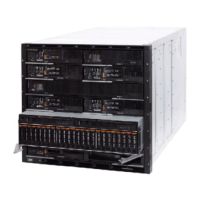
